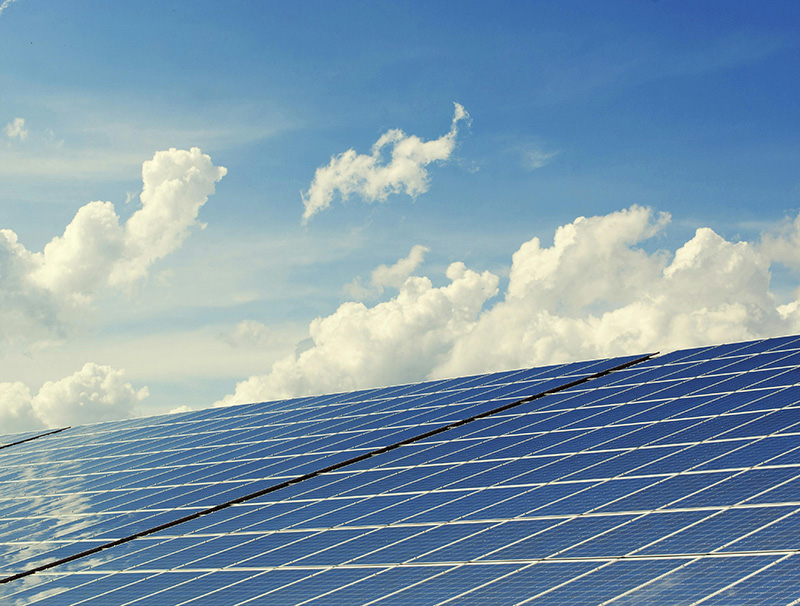Reducing carbon footprint and energy costs

Introduction
Electric vehicles are helping us meet global goals on climate change. They’re eco-friendly and don’t emit greenhouse gasses. At least not directly.
They run on electricity and many parts of the world still use fossil fuels to produce it. We also use energy to produce EVs and their batteries. One way to influence carbon offset is to optimize energy consumption during charging EVs.
Problem
Our client produces hardware that tracks energy consumption in households. They connect their monitoring device to an electric grid inside the house. It tracks energy consumption from all electric devices, collects the data from solar panels and measures carbon footprint, while comparing it to country-wide measures. They approached us with a request to create an algorithm that optimizes the consumption of electric energy and reduces the carbon footprint when charging EVs.
We had to optimize charging, make the entire process more eco-friendly and help households to cut electricity costs. To do that, we had to analyze historical data from many households and real-time data of carbon emissions at a country-level in order to create an algorithm. However, it would take at least 10.000 real hours to train it properly.
Solution
- Research and simulation phase
We created a simulator by using historical data, simulated 10.000 hours and trained our algorithm. The simulator included the historical data from typical households and connected EVs.
This allowed us to train our algorithm in just a few days.
- Implementation phase
We implemented the algorithm that we developed through the simulator in the cloud of our client. This time, we tested it by using real-time data from houses and connected EVs, as well as solar panels.
Result
15% decrease in carbon emissions and electricity costs.
To test the efficiency of our algorithm, we used 2 baseline strategies to compare its results to.
- The first strategy was Charge Now – when the user plugs in the EV, it starts charging.
- The second strategy was Charge At Midnight – whenever the user connects the EV, it starts charging at midnight.
The user could choose whether to optimize based on CO2 reduction or energy consumption. Our optimization algorithm decreased energy costs and carbon footprint by 15% after 5.000 hours of use, compared to these two baseline strategies.
Technologies used
Python, AWS, MySQL, DynamoDB, ActiveMQ
“Their algorithm helped us create a greener, more sustainable and optimized future for households country-wide.”
